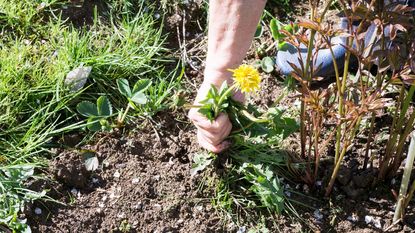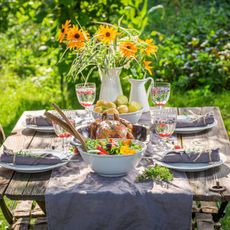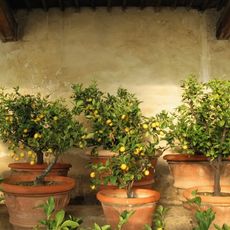My Gardening Sustainability Practices – A Work In Progress


Sustainability is a growing trend that many gardeners are embracing. With climate change and other environmental issues on everyone’s radar, it’s important to consider being more sustainable in all areas of our lives. For me, it’s a stepwise project and a work in progress in the garden.
My Sustainable Practices
For me, the most important aspect of sustainability in the garden is trying to match my yard to my local ecosystem. Growing native plants is one of the best things we can do for the environment as gardeners.
Plants native to your region support native wildlife. They are low-maintenance and don’t require much watering or other resources, like fertilizer. They attract and support pollinators that are struggling, especially bees.
I inherited a complete yard and garden when I moved into my current house. Over the years, I have slowly replaced some of the plants with native species. It’s a process, and I still have some non-natives, but I believe the changes have been positive. These are some of the other things I do to be more sustainable in the garden:
- Hands-off Lawn Care -- A turf lawn is far from natural, but it’s still the norm in my suburban neighborhood. Tearing it out to create a wildflower meadow would be frowned upon. Instead, I take a hands-off approach to save water. I let the grass go dormant in the summer months. I don’t use herbicides or pesticides and only apply a little fertilizer once or twice a year. I don’t sweat the “weeds” or moss that add to the green of the lawn.
- Hand-Pulling Weeds -- I don’t mind most weeds in the lawn, but I can’t have them taking over my beds. I never use herbicides to kill weeds. Instead, I spend peaceful, meditative hours in the garden hand-pulling weeds. I have learned to love it as a gardening activity.
- Limited Watering -- Planting more native perennials means that I don’t have to water my beds very often. I choose plants appropriate to the local climate and add mulch to beds and containers to help the soil stay moist longer. When it is going to rain, I move my containers out from under the patio awning to take advantage of it.
- Composting -- Creating compost is a good way to be sustainable in the kitchen and to benefit the garden. I do not create my own compost, but I do contribute my kitchen scraps to a local compost pile. My CSA (community supported agriculture) farm supplies me with fresh veggies weekly through summer and fall, and I bring them my scraps.
My Inspiration for Sustainability
What inspires me most to be more sustainable in the garden is the wildlife that lives there. I live in the suburbs but came here from the city. The amount and variety of wildlife I find here surprised me initially. From songbirds and hawks to opossums, squirrels, deer, and even foxes and coyotes, we have a lot.
I love animals and I enjoy watching the wildlife that comes and goes in my garden. It’s these animals that inspire me to be better when it comes to the environment. The choices I make in my garden directly impacts them.
I can provide non-native species of plants that don’t provide food and that might actively crowd out native plants, or I can put in native species they can use. I can waste water and use chemicals on a pristine lawn that provides nothing these animals need, or I can let it be more natural with a diversity of plants.
Gardening tips, videos, info and more delivered right to your inbox!
Sign up for the Gardening Know How newsletter today and receive a free download of our most popular eBook "How to Grow Delicious Tomatoes."
Sustainability in my house and garden is an ongoing work in progress. Every choice I make matters, and I consider the wildlife I so enjoy when making each one of them.

Mary Ellen Ellis has been gardening for over 20 years. With degrees in Chemistry and Biology, Mary Ellen's specialties are flowers, native plants, and herbs.
-
 How To Grow Garden To Table: A Guide For Home Cooks
How To Grow Garden To Table: A Guide For Home CooksWhat could be better than a meal that comes directly from garden to table? Show off your gardening and culinary skills with the very freshest food.
By Bonnie L. Grant
-
 Want a Backyard Mini Orchard? Create Your Own Container Orchard
Want a Backyard Mini Orchard? Create Your Own Container OrchardEasier to care for in small spaces, a backyard mini-orchard makes sense for busy gardeners and juicy fruit is the reward.
By Teo Spengler